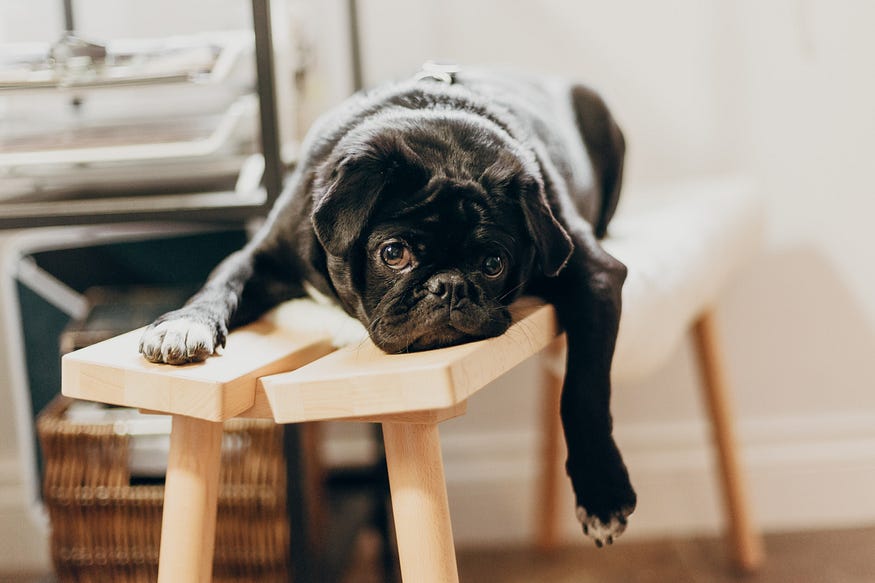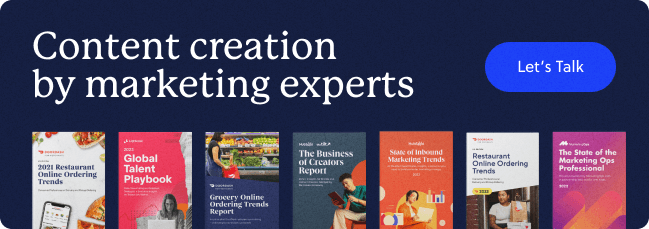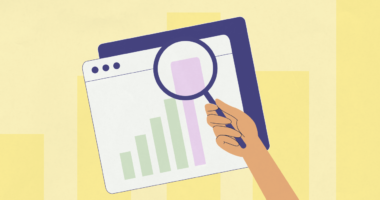Writer’s block, artist’s block, Jenny from the Block. What do these phenomena all have in common? They all pertain to J. Lo, of course! Just kidding, I would never dare assume that Jennifer Lopez has ever suffered from a creative block of any type.
Not including J. Lo, — everyone gets some sort of creative block every now and then. Sometimes it’s obvious, like when you find yourself staring at a blinking cursor on a blank doc page for the better part of an afternoon. But other times it is more subtle, like when you find yourself out of ideas during a simple brainstorming meeting when you usually have no problem contributing.
Looking for content marketing support for your brand? We can help. Let’s Talk
Alec Baldwin said it best when he explained his shower theory to Tina Fey on that one episode of 30 Rock. Creative block only really seems to be beatable by unplanned shower thoughts AKA “moments of inspiration that occur when the brain is distracted from the problem at hand–for example, when you’re showering.” While this is definitely a real occurrence — in high school I famously (to me) couldn’t crack my thesis on Joseph Conrad’s “Heart of Darkness” until one day in the shower, when I promptly became so worried I would forget it that I ran out of the shower to write it down — I also believe that creative block can be overcome with the right mindset.

I’m on a mission to end creative block in an intentional way, instead of just by getting lucky with the right combination of shampoo and conditioner. Read on for hot tips to unblocking creative block and (if you’re lucky) even more hot pop culture references.
It’s hard to “be creative” on command
Maybe being purposefully creative is so hard because it goes against the very nature of how we approach creativity. Which is to not really approach it at all, but let it flood over us as it pleases. When we think of being creative, we think of thoughts that run far and wide, stretch the limits of possibility, flow like coursing rivers from our open mouths. We don’t think of preparation or intention or strategy.
This is why so many creative professionals procrastinate (present company woefully included). My favorite ways? Procrasticleaning, procrasticrafting, and procrastihammocking. Without full control of when creativity will strike, we’re left cramming to work and scrambling to meet deadlines when it does.

“Brainstorming meetings” can be counterproductive
Creative block has been around for as long as we’ve had creative expression (so, by my personal calculation, at least since July 24, 1998). And many people have developed ways to overcome it. There are a lot of tactics people use to attempt to unclog their brains: exercise, reading, staring out of a window unburdened by other thoughts, and brainstorming sessions.
And as much as we love a good session with the team to bounce ideas back and forth — “need a brainstorm?” is a common offer on our company’s Slack thread — when you regularly schedule brainstorming meetings for the next month of campaigns they can start to feel stale, like you’re doing the same things over + over again. Instead of letting the brainstorming sessions be true moments of spontaneous productivity, they are anticipated and any opportunity for natural creativity is squashed before the meeting has a chance to begin.

As a less calculated approach to this classic idea, try holding irregularly scheduled “general creativity sessions” where you can work on projects together and bounce ideas off each other without the expectation that you’re going to come up with the next great campaign idea or discover the cure to seasonal allergies in every meeting.
To up the spontaneity (a necessary ingredient in every creativity pie) give your team members at most a day’s notice for these meetings or retool your brainstorming to center it on the creativity of people you admire. For example, have people gather up their favorite campaigns/ads/pieces of content they consumed that month, then hold a meeting where you work together to find out what exactly makes them so creatively successful.
Unblock your brain by doing something else, anything else
Now that I’ve covered what not to do, what really works? Of course, if I truly had the concrete solution to creative block I would have sold it for billions of dollars by now and used the money to live my best #WFA lifestyle on a houseboat somewhere tropical. So while I can’t claim that these solutions to creative block are a cure all, I can assure you that they’ve worked for me. At the very least, they’re something to do while waiting for creativity to strike that doesn’t require you to get pruney.
Ideas for new ways to inspire creativity
The best way to get over a creative block is to do something else, not necessarily just watch something else. The goals is to re-engage your brain with a new activity, like:
- Taking a walk, jog, run, bike ride, or scooter ride
- Talking on the phone to a friend or family member
- Knitting or embroidering or patching a hole in your jeans (or learning to knit or embroider or patch)
- Writing down your dreams from the night before
- Taking a nap
- Writing down any dreams you had during your nap
- Kayaking, canoeing, paddle boarding
- Baking a pie
- Cooking a stew
- Gardening or mowing the lawn
- Dropping the pie you made off to a neighbor and asking how their day is going
- Laying on your back in the middle of the park and making a list of everything the clouds look like and everything they wish they looked like
- Dropping off a bowl of home cooked stew to a different neighbor if the first neighbor interaction wasn’t particularly inspiring or interesting
- Walking the dog
- Sketching a self portrait based on memory
- Writing a poem about three objects you can see from your window
Adopt a flexible schedule
Of course, there is one surefire way to ensure you can always manage creative block: adopting a flexible schedule. With a true flexible schedule, you have the opportunity to honor creative impulses whenever they strike. Different people are creative at different times of the day/week/month. With a flexible schedule, you are able to take advantage of when you are the most creative and not worry that you are missing out on it. Then, when you are feeling creatively blocked you don’t have to feel pressured to produce and instead you can turn your attention to less creative work.
Switching right over to a flexible schedule isn’t as easy as simply wanting to. In most cases it takes having a remote job (which, for better or for worse, are the future of work) and manageable deadlines. As a copywriter for a fully remote organization, flexibility is built right into the DNA of our company culture.
For all of the wisdom and hot tips our fully remote company has to offer, follow us @cxdstudio on social and subscribe to our blog!








